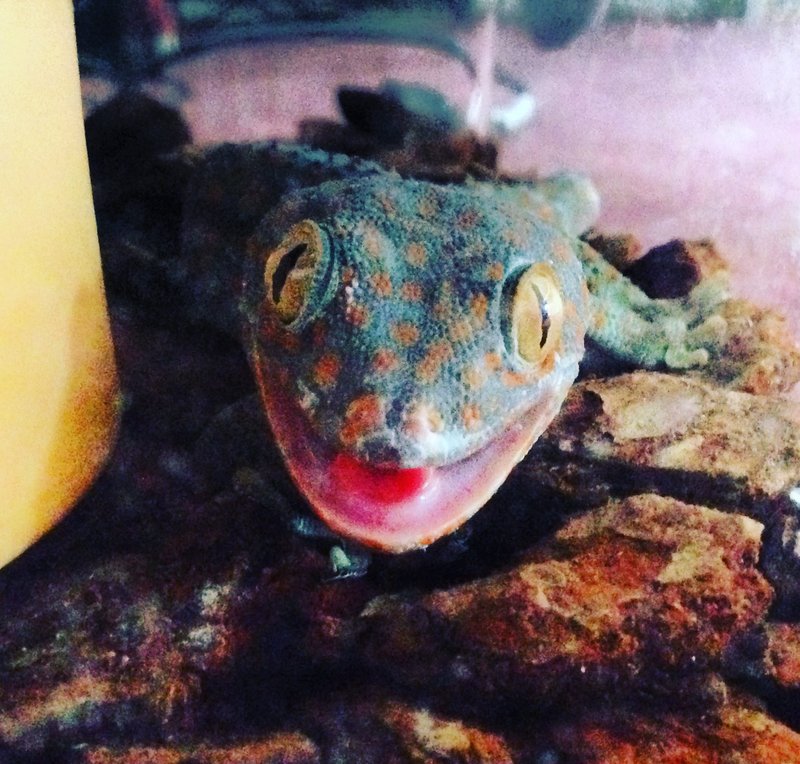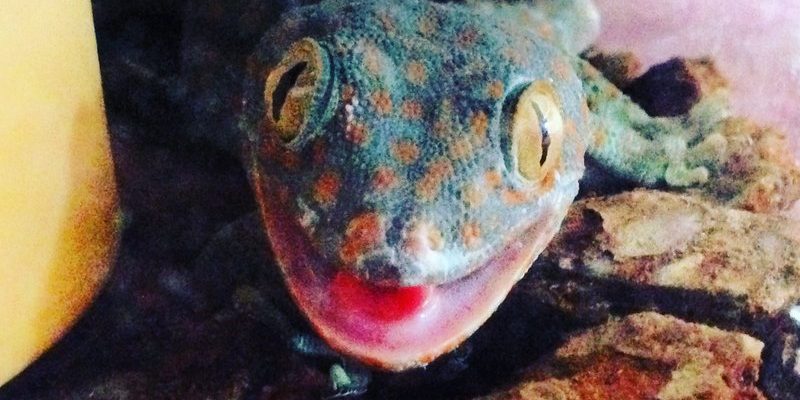
So, you might be wondering what on earth these little creatures actually eat and how they catch their food. If you’ve ever seen a gecko darting around at night or heard its signature call echoing in the jungle, you know there’s more to their eating habits than meets the eye. Let’s dive into the wonderful world of the Tokay gecko, uncovering its diet, hunting strategies, and what makes it such a fascinating predator.
What Do Tokay Geckos Eat?
Let’s start with the basics: what exactly is on the menu for a Tokay gecko? These guys are known as carnivores, which means they primarily feast on other animals. Their diet mainly consists of:
- Insects (like crickets, roaches, and beetles)
- Smaller reptiles
- Small mammals
- Occasionally, they might even snack on bird eggs!
Here’s the thing about Tokay geckos: they’re not picky eaters. Insects make up the bulk of their diet, but they’ve been known to take down surprisingly large prey for their size. This adaptability is key for survival, especially in their natural habitats, which often include tropical forests and urban areas.
Their hunting behavior can actually change based on the environment. In more populated areas, you might find them munching on common pests like flies and cockroaches. Out in the wild, they’ll go for larger insects, which helps keep their energy levels up and allows them to thrive in various ecosystems.
How Do Tokay Geckos Hunt?
Now that we know what they eat, let’s explore how Tokay geckos catch their food. Think of them as expert ninjas of the animal kingdom. They possess some unique attributes that make them remarkable hunters.
One of their most impressive skills is their keen eyesight. Tokay geckos are primarily nocturnal, which means they do most of their hunting at night. Their large, bulging eyes are perfect for low-light conditions—like having a built-in night vision system. This helps them spot movement and potential prey from great distances, often allowing them to sneak up without being seen.
Furthermore, their agility plays a crucial role in their hunting strategy. Tokay geckos can move quickly and scale vertical surfaces thanks to their specialized toe pads. These pads enable them to grip surfaces, which means they can hunt insects resting on walls or tree trunks. You might see them darting around your wall, closing in on an unsuspecting bug with speed and precision.
Hunting Techniques of Tokay Geckos
So how do Tokay geckos actually go about catching their prey? It’s not just a matter of wandering around and hoping for the best. They employ specific techniques that highlight their hunting prowess.
One common method is ambush hunting. A Tokay gecko will find a perch—like a branch or a high spot on a wall—where it can get a good view of its surroundings. From here, they’ll wait patiently, almost like a cat stalking a mouse. When they spot a potential meal, they strike with incredible speed.
Another technique is active hunting, where they roam around looking for food. This can be especially effective during warm evenings when insects are buzzing around. Tokay geckos will often make quick, darting movements to catch their prey off guard. Their stealth and speed are essential for successful hunts, as insects are notoriously quick to escape.
Feeding Behavior and Social Interactions
If you observe Tokay geckos in the wild, you might notice some fascinating interactions surrounding their feeding habits. Surprisingly, they can be quite social. During the mating season, for instance, males will often call out to attract females, but they also engage in vocalizations to defend their territory from other males. This *territoriality* ensures that they have access to food sources for themselves and their mates.
When it comes to feeding, Tokay geckos can be quite aggressive. They don’t hesitate to defend their food from any potential competition. If another Tokay gecko or predator gets too close, you might see them puff up and make their signature loud calls. It’s like saying, “Hey, back off! This is MY dinner!”
We can draw a parallel here to how some people get a little feisty when they’re enjoying their favorite meal at a restaurant. It’s all about securing resources and ensuring they get enough to thrive.
The Nutritional Needs of Tokay Geckos
Understanding the Tokay gecko’s diet goes beyond just knowing what they eat; it’s also essential to recognize their nutritional needs. These geckos require a balanced diet to maintain their health, especially in captivity.
When feeding a Tokay gecko, it’s crucial to ensure that their meals include a variety of insects. This keeps their nutritional intake balanced. For example, crickets are an excellent staple, but adding in some mealworms or roaches provides additional protein and fats, necessary for their energy levels.
In terms of vitamins and minerals, calcium is particularly important for Tokay geckos. Like many reptiles, they can suffer from metabolic bone disease if they don’t get enough calcium. So, dusting their food with a calcium supplement a few times a week is a good idea.
You’d be surprised how many people overlook this crucial aspect of gecko care when they decide to keep one as a pet. It’s all about keeping them happy and healthy—just like making sure you get a balanced diet yourself, right?
The Tokay gecko is more than just a vibrant companion or a striking sight in the wild; it plays a vital role in its ecosystem. As a predator, it helps control insect populations, contributing to a balanced food web. This highlights how each creature, big or small, has its part to play in the great tapestry of life.
In summary, Tokay geckos are fascinating hunters and essential players in their ecosystems. Their agility, impressive eyesight, and varied diet showcase their adaptability and intelligence. So, the next time you hear one calling out in the night or spot one scurrying up a wall, you’ll know exactly how it hunts and what keeps it fueled for its adventures. If you ever get the chance to watch these little dragons in action, consider yourself lucky!
Whether you’re a budding herpetologist or just someone curious about these creatures, understanding their feeding habits and hunting strategies is an exciting glimpse into their world. Who knew that these small reptiles could have such a huge impact?

